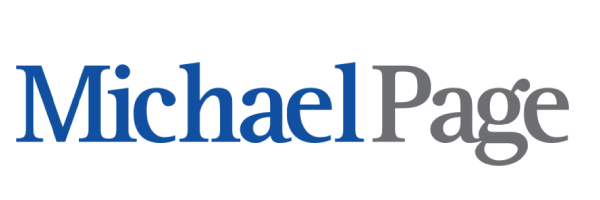
Curriculum
For Years Now, the vast majority of job applications have been scanned, filtered, and assessed by an application tracking system (ATS) before they ever reach a hiring manager’s inbox.
In 2019, it was estimated that 75% of job applications were never seen by a human because of ATS, and a 2023 survey found that 98.8% of Fortune 500 companies use an ATS. However, according to HR tech journalist J.R. Johnivan, 88% of employers believe ATS systems can screen out high-quality candidates because many candidates don’t submit ATS-friendly résumés.
This is not ideal if you’re currently looking for a new job. But before you panic, understand that there are positive steps you can take to beat the bots. By making a few key changes to your résumé, you can ATS-proof your applications and increase your chances of securing an interview.
Here’s how to do just that.
Optimize your résumé with keywords and phrases
One of the most important things you can do to get your application past an ATS is to weave industry-specific keywords and phrases throughout your résumé.
This doesn’t mean stuffing your application with buzzwords like “hardworking team player.” It means highlighting the skills, qualities, and experience you possess that make you perfect for the job.
If you’re stuck on which keywords to use, take another look over the job description and highlight the key requirements listed by the employer. You can then use the same keywords and phrases in your application.
Just be careful that you don’t forget to make sure your résumé includes a clear human element. If you hope your résumé will eventually be read by a real person, you have to get the balance right between content that appeals to machines, but that also showcases your skills and achievements to recruiters.
With that in mind, you need to make sure that your content is coherent, engaging, and persuasive so that you captivate the reader when it does reach their inbox.
Include clear résumé sections
Another way to impress both humans and machines with your résumé is to break your content down into clear sections that make it easier to read. These sections should be distinct and have logical headings and subheadings.
If you can optimize your headings with keywords, that’s even better, but don’t force this. The human element of your résumé is important and your content needs to make sense and read well when it reaches the hiring manager.
Choose a clean and simple design
You also need to think carefully about the design and format of your résumé if you want to ATS-proof your application.
When it comes to ATS, less is more. Complex designs and unique formats can confuse most machines. And let’s face it, humans aren’t often impressed by over-the-top or confusing designs either.
Therefore, it is best to choose a clean and simple design that is easy to scan through and showcases the key information. It’s also best not to include key details in the header and footer of your résumé, as this information could potentially be missed by an ATS.
Avoid images and complex graphics
Another thing you can do to improve your application’s odds of being seen by a hiring manager is to avoid using any images, charts, or complicated graphics on your résumé.
While these might look great to hiring managers, they can become a garbled mess when entered into a machine, and this can damage your chances of getting past an ATS.
This even applies to simple elements like bullet points. Of course, you should still use bullet points to help break up information and highlight your skills and achievements, but just be careful not to choose elaborate symbols. Stick to the simple, readable options provided.
Select the right file type for your résumé
Last but certainly not least, you need to select the right file type before you hit send on your application.After all, you’ve taken the time to carefully design an engaging and keyword-optimized résumé, so don’t fall at the final hurdle.
PDF files are great for preserving the design and format of your résumé and they look professional. In fact, some employers will specify that you submit your application in this style. You can also use Word documents and in some cases, even plain-text files, which can also be ATS-friendly. However, these can limit your formatting options so it’s always best to check whether there is a preferred file type, and if not, stick with a trustworthy PDF.
If you optimize your résumé with keywords and phrases, include clear résumé sections, choose a clean and simple design, avoid images and complex graphics, and select the right file type, you can improve your application’s chances of being seen by real hiring professionals—and help you take the next exciting step in your career.
Fonte Fast Company





